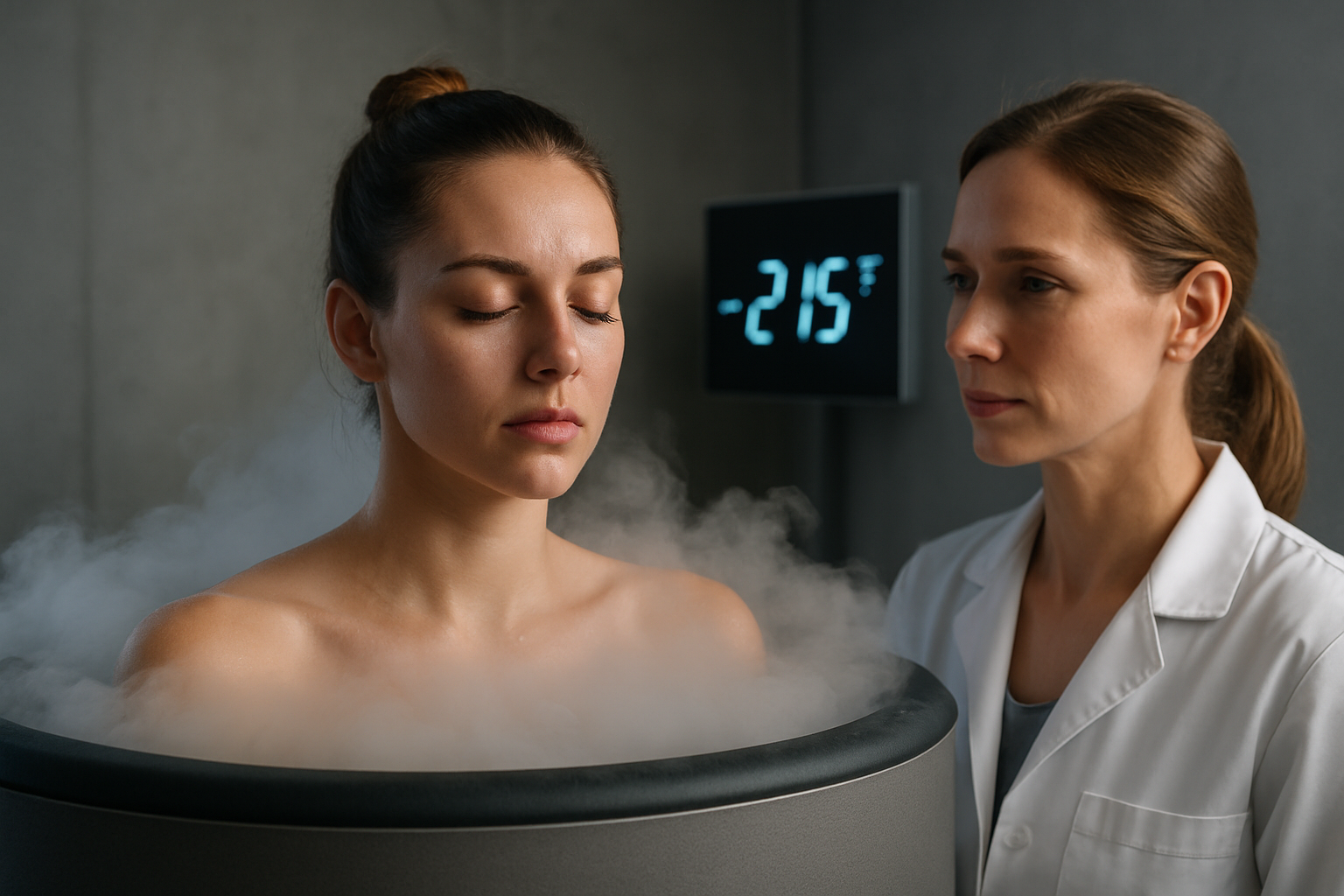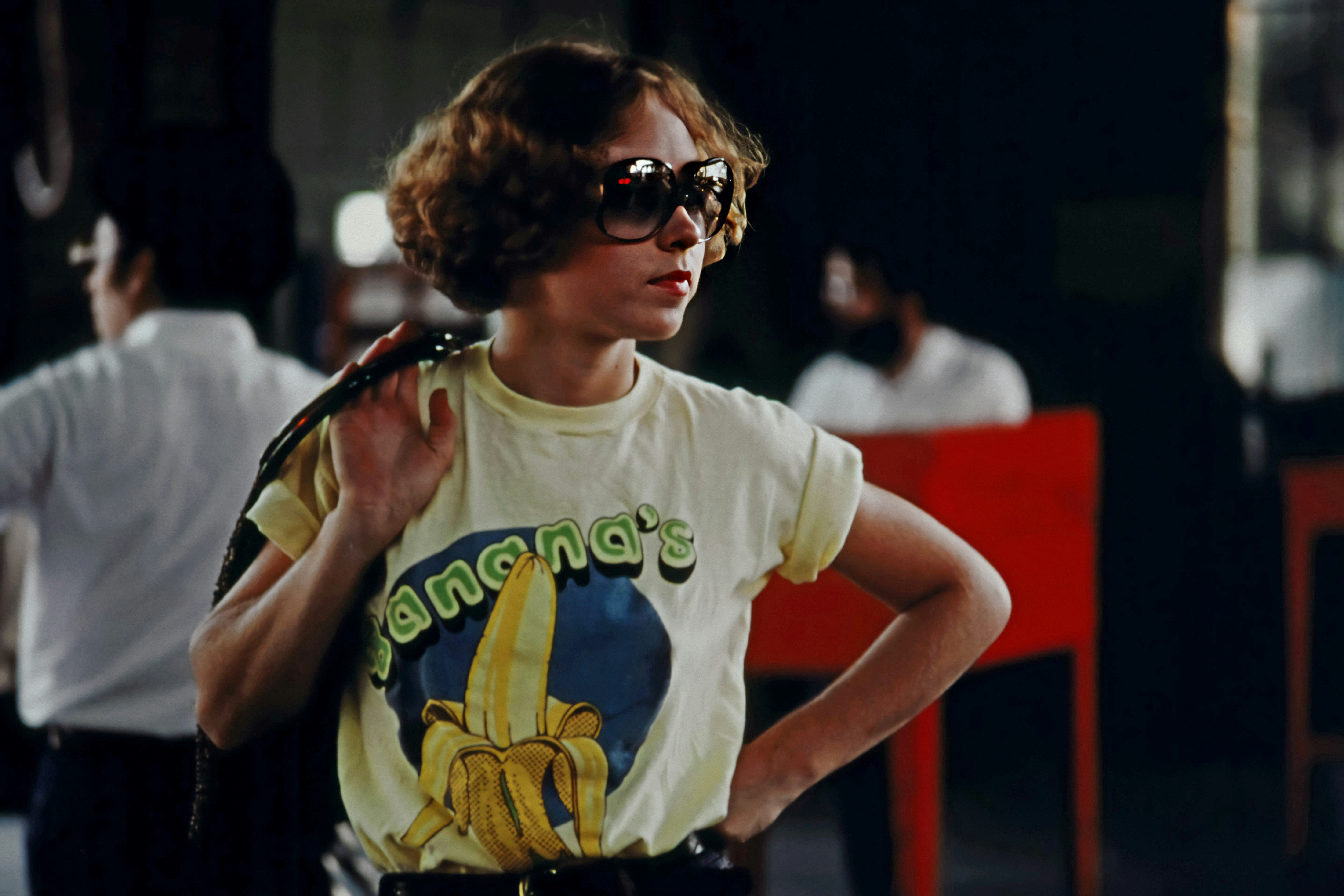Cryotherapy: The Cold Truth About Beauty's Coolest Trend
In a world constantly seeking the next big thing in beauty and wellness, cryotherapy has emerged as a chilling contender. This innovative treatment, which involves exposing the body to extremely low temperatures for short periods, has captured the attention of celebrities, athletes, and wellness enthusiasts alike. But what exactly is cryotherapy, and how did it evolve from a medical treatment to a sought-after beauty and fitness remedy? As we dive into the icy depths of this trend, we'll explore its origins, benefits, and the science behind why some believe that freezing yourself might be the key to looking and feeling your best. From its humble beginnings in Japan to its current status as a staple in high-end spas and recovery centers worldwide, cryotherapy's journey is as fascinating as it is frosty.

Dr. Toshima Yamauchi, a Japanese rheumatologist, developed whole-body cryotherapy to treat rheumatoid arthritis. His method involved exposing patients to extreme cold for short durations, noting significant reductions in pain and inflammation. This medical application laid the groundwork for cryotherapy’s expansion into other fields, including sports medicine and, eventually, beauty and wellness.
The Science of Freezing for Beauty
At its core, cryotherapy works by triggering the body’s natural healing mechanisms through exposure to extreme cold. When subjected to temperatures as low as -110°C (-166°F) for two to three minutes, the body enters a state of mild hypothermia. This causes blood vessels to constrict, redirecting blood flow to vital organs to maintain core body temperature.
Upon exiting the cryochamber, blood rushes back to the extremities, now enriched with oxygen, nutrients, and enzymes. This process, known as vasoconstriction followed by vasodilation, is believed to offer numerous benefits:
-
Reduced inflammation and pain
-
Increased metabolism and calorie burn
-
Enhanced collagen production
-
Improved skin tone and texture
-
Boosted immune system function
While these effects are still being studied, proponents of cryotherapy swear by its ability to rejuvenate both body and skin, making it a double threat in the beauty and fitness realms.
Cryotherapy in the Beauty Industry
The beauty industry quickly recognized the potential of cryotherapy, adapting the concept for facial treatments and at-home skincare routines. Cryofacials, a localized application of cold therapy to the face, have become increasingly popular in high-end spas and dermatology clinics.
These treatments typically use liquid nitrogen or cooled air to rapidly lower the skin’s surface temperature. The purported benefits include:
-
Tightened pores
-
Reduced puffiness and under-eye bags
-
Increased circulation for a healthy glow
-
Stimulated collagen production for firmer skin
Beyond professional treatments, the beauty industry has introduced a range of cryotherapy-inspired products for at-home use. From ice rollers and cold masks to cryogenic serums, these products aim to bring the benefits of cold therapy to daily skincare routines.
Fitness and Recovery Applications
In the fitness world, cryotherapy has gained traction as a recovery tool for athletes and fitness enthusiasts. Whole-body cryotherapy chambers are now common fixtures in professional sports facilities and high-end gyms. The theory behind its use in fitness is that extreme cold exposure can:
-
Reduce muscle soreness and inflammation after intense workouts
-
Accelerate recovery time between training sessions
-
Improve overall physical performance
-
Boost energy levels and mental clarity
Some athletes report feeling invigorated and ready to train again almost immediately after a cryotherapy session, leading to its popularity as a quick recovery method. However, it’s important to note that while anecdotal evidence is strong, scientific research on cryotherapy’s long-term effects on athletic performance is still ongoing.
The Cryotherapy Experience
For those brave enough to try it, a typical whole-body cryotherapy session lasts between two to three minutes. Participants enter a cryochamber wearing minimal clothing, usually just underwear, gloves, and socks to protect extremities. The chamber is then filled with nitrogen gas, rapidly dropping the temperature to well below freezing.
The experience is often described as invigorating rather than painful. Many report a “pins and needles” sensation followed by a rush of endorphins upon exiting the chamber. This natural high, combined with the potential benefits, keeps many coming back for regular sessions.
Controversies and Considerations
Despite its growing popularity, cryotherapy is not without controversy. The FDA has not cleared or approved whole-body cryotherapy devices for medical treatment, citing a lack of evidence about its safety and effectiveness. Critics argue that the benefits of cryotherapy are largely anecdotal and that more rigorous scientific studies are needed to substantiate claims.
Safety concerns also exist, particularly regarding the risk of frostbite or hypoxia if sessions are not properly monitored. As with any emerging treatment, it’s crucial for individuals to consult with healthcare professionals before trying cryotherapy, especially those with certain medical conditions.
In conclusion, cryotherapy represents a fascinating intersection of ancient healing practices and modern technology in the beauty and fitness industries. While its long-term effects and efficacy are still being debated, its popularity continues to grow. As research progresses, we may gain a clearer understanding of how this icy treatment can truly benefit our health, beauty, and fitness routines. Until then, cryotherapy remains a cool topic of discussion and experimentation in the ever-evolving world of wellness.




